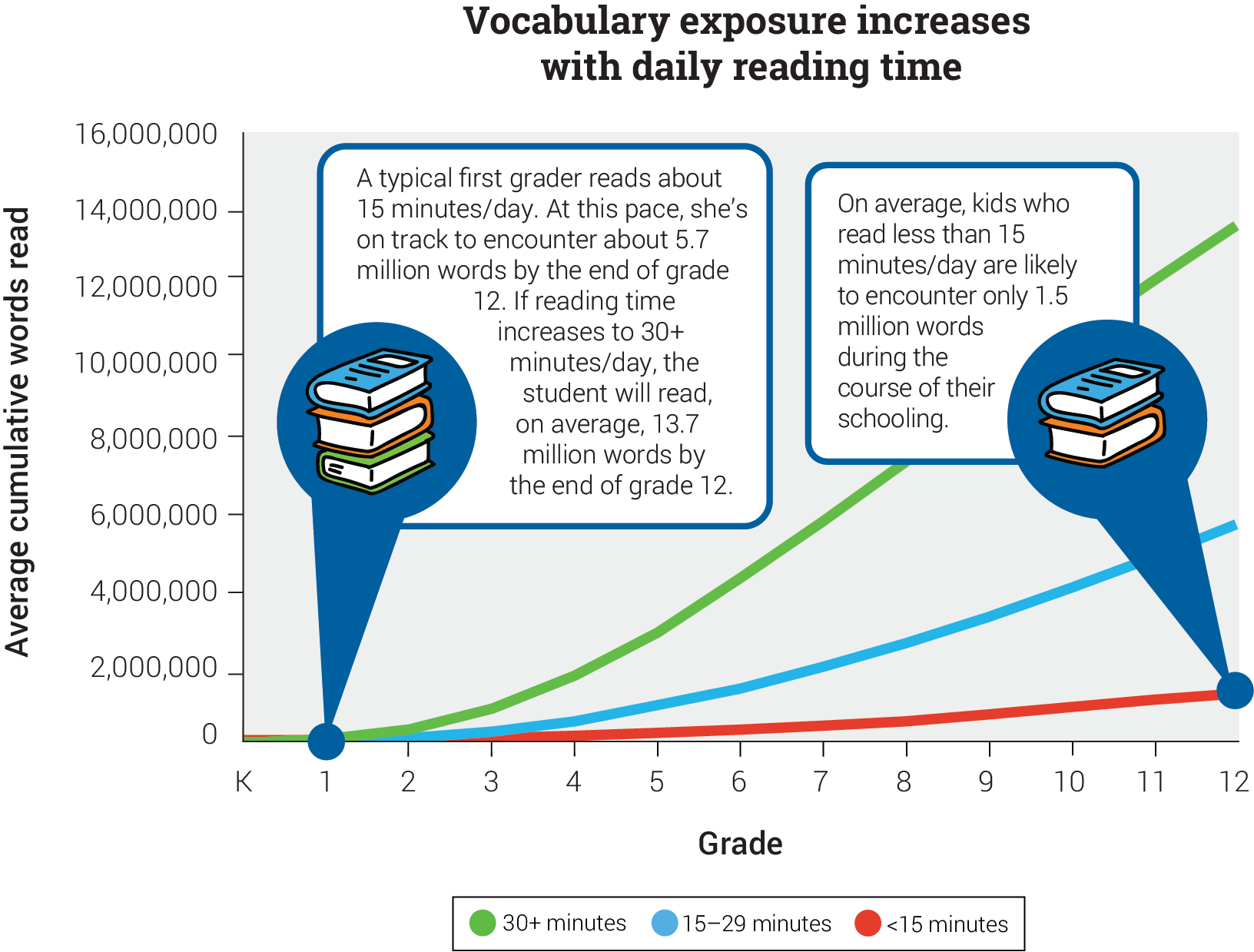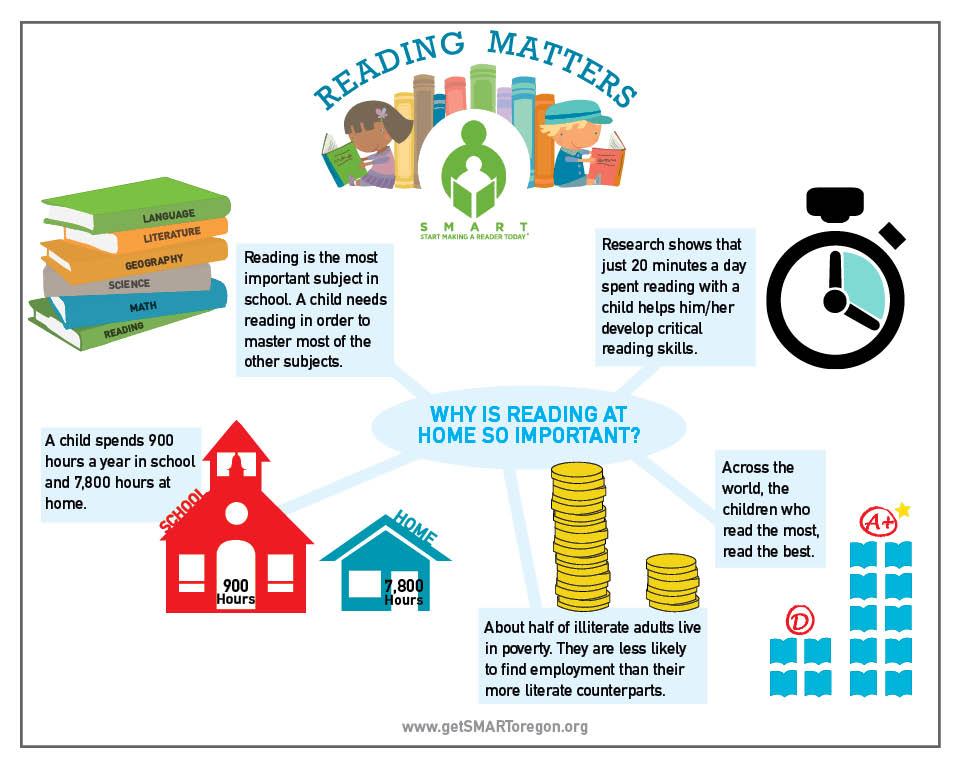Reading Comprehension Online vs Physical Books
We live in the age of massive digitization that has entered almost every sphere of our lives. That includes education. There has been an enormous expansion in digital and online learning due to the COVID-19 pandemic, and students today are spending more time studying in front of the screen. One of the skills all young students have to work on is reading comprehension. So, how is the digital era affecting this skill?
Reading comprehension is the ability to process text, understand the meaning of words and phrases, and be able to process it. So, is there a difference between reading online and reading a physical book? The answer is- yes, there is. We've created a list of 8 main differences between reading comprehension in both cases and the pros and cons of each method.
Attention to Details
The first and main difference that can be seen with students' reading comprehension in digital and printed reading is the attention to detail.
Studies have shown that reading digital text leads to missing details and thus negatively affects the reading comprehension of a student.
This may be due to various reasons, including:
Young readers' brains are more likely to miss out on details when reading digitally than when reading in print.
- scrolling through pages instead of turning them
- lack of concentration since children are used to having fun during screen time
- numerous distractions that can pop up while being online
Reader Engagement
Not every child will gladly take a book or a reading material and happily dig into reading. Children sometimes find reading to be boring, monotonous, or hard. Luckily, digital materials can engage this kind of reader better than printed ones. Here's why:
- children associate screen time with fun and entertainment
- digital reading materials can include vivid visuals
- children might enjoy the process of scrolling, clicking, and controlling the text online
This can be helpful for parents and teachers trying to engage reluctant readers and make reading a bit more fun and enjoyable. And, when they're more willing to read their reading comprehension will improve as well. They'll also start reading for pleasure more often, and improve their vocabulary as well.
https://www.renaissance.com/wp-content/uploads/2018/01/Vocabulary-Exposure-and-Daily-Reading-Time.png
Fatigue & Eyesore
Children's brains are constantly working hard to grasp the world around them, receive information, and process them. The same happens during reading comprehension exercises. However, reading online can cause children's brains to get tired faster and lose concentration. This is due to:
When children need to work extra hard to fight screen light and eyesore, their brains get tired faster. This can influence their reading comprehension negatively and cause them to lose focus.
- the light that comes from the screen
- eyesore and visual fatigue
Finding Specific Information
There's another major benefit that comes with reading online that can improve students' reading comprehension. Online materials are much easier to handle in terms of:
This process is much faster due to text search and quick scrolling options, plus it helps students boost their digital literacy habits. This might take a bit longer with turning pages physically and trying to remember what each page contains. And, for an inpatient reader such as young students who are not yet as skilled in reading, this can make a huge difference.
- finding specific information
- scrolling up and down the pages
- re-reading specific parts of the text
Remembering Chronological Order
Reading comprehension is seen and measured in numerous techniques and parameters. The ability to recall characters, details and the chronological order of events are among them. Studies have shown that students reading in print show better results when it comes to remembering the chronological order of the story. This may be due to the physical act of turning pages. Turning pages physically helps students:
This significantly improves reader comprehension in students and helps them grasp the story better. Also, learning about the structure of a story will come in handy when kids start to write stories and not just read them.
- build the storyline in their minds
- remember the order of events
- focus on separate parts of the story
Changing Print Size
Surprisingly or not, some young students complain that physical books are difficult to read due to the small print size and the huge amount of text they see on each page. It can be confusing and demoralizing, especially for the youngest ones. Luckily, reading online allows students to take charge over the reading process and: change print size see and read only one part of the story at a time
Teachers can try and make online learning and reading materials more suitable for young kids' mental capacities and needs, and help them boost their reading comprehension and overall academic success.
- manage different parts of the text according to their needs
https://smartreading.org/reading-home-important/#single-top
Note-Taking
Note-taking is a major part of the reading comprehension process, and it helps students pay attention to specific details and draw conclusions as they progress through the text. With printed materials, it's easier to take notes directly on paper, next to your printed book or directly on the printed reading materials. With digital and online reading, students are more reluctant to take notes or try to do it mentally. Without proper note-taking, reading comprehension may be impaired.
Engaging All Senses
Finally, there's another major benefit of reading print materials that showed to be extremely important to some students. It's the engagement of several different senses rather than just the visual ones. When students are reading print materials, they're engaging:
This way, they're engaged with the materials on a different, more advanced level and thus might feel more involved in the story and better connected to it.
- visual senses by seeing the words on paper
- tactical senses by holding the book, touching the pages, and scrolling with their finger
- smell senses since each printed book has a typical smell
Final Thoughts
As you can see, there are pros and cons for both online and print reading, when it comes to measuring reading comprehension. The best way for students, parents, or teachers to decide what's best is to try and listen to the specific needs of each student. Students can print out the materials if they prefer it that way, or read online if it helps them comprehend better. It's all about creating a unique reading experience that works for individual students.
Author's Byline
Dorian Martin is a skilled content writer with years of experience covering education-related topics. Being an editor and proofreader as well, he works for a write my paper site as an academic writer for essays and research papers as well as content writing expert at the content creation site Writeload. He mainly focuses on helping young students, their parents and teachers overcome academic challenges with ease.
Search Internet4Classrooms










